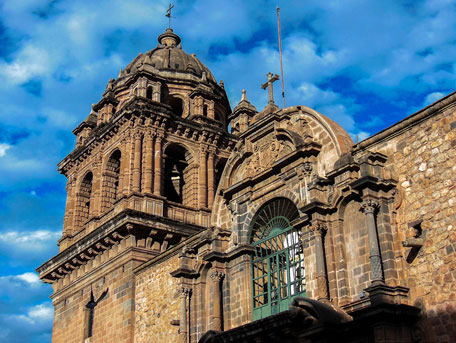Peru Visa and Residence
Recently, there has been a major overhaul of Peru’s visa system. Some visa types have disappeared, some have changed, and others are still waiting for final wording on financial requirements. The bottom line is that Peru is still an easy country in which to retire thanks to a straightforward visa process.
Although most of the major cities have immigration offices, Peru’s Superintendencia Nacional de Migraciones in Lima processes all visa applications. And there are few people in any part of the system who speak English. Therefore, it is sometimes more efficient to enlist a bilingual lawyer or agent in Lima to help you through the process.
There are currently nine different types of temporary visas and 18 different residence visas. The lists include most of the familiar ones such as the work visa, education visa, investment, and retirement visa. But there are others available for journalists, religious workers, artists, researchers, and humanitarian workers.
Tourists holding U.S. or Canadian passports do not need a visa to enter Peru. You can stay up to 183 days, which gives you plenty of time to apply for any visa once you are in the country. However, it’s important to bring all the necessary paperwork with you or you will end up making unnecessary trips back home.
Some of the most common visas for expats are the following:
Rentista Visa: Peru’s retirement visa. To qualify for this you must prove a permanent monthly income of $1,000 (plus $500 for each dependent). This visa is indefinite and does not need to be renewed annually.
Investment Visa: This applies when you want to establish, develop, or administer an investment of at least $154,000. This has jumped from a previous amount of $30,000, one of the largest changes in the new legislation.
Work Visa: For those who “wish to engage in lucrative activities in a subordinate or independent manner for the public or private sectors, by virtue of a work contract, administrative relationship or contract for the provision of services.
After maintaining any visa in Peru for three years, foreigners can apply for a Permanent Resident Visa that provides indefinite residence in the country. Once approved this visa must be renewed every five years. It is also possible to apply for citizenship and a second passport at this point.
Resident expats must also obtain a Carnet de Extranjeria, the Peruvian identification card for foreign residents. This allows you to do such things as open a bank account, purchase a cellphone or home Internet plan, and travel within Peru without needing your passport.
Each visa has its own set of required paperwork. For my Rentista Visa application, I needed official documents showing my monthly pension amounts for both my government and private pensions. We also needed our marriage certificate since my wife was applying as a dependent.
In the U.S., the Secretary of State in your state of residence must apostille or authenticate all documents. In Canada, they must be notarized by a public notary and then authenticated by the JLAC Authentication Services of Global Affairs in Ottawa.
Finally, a Peruvian Consulate in your country must legalize the documents before you head to Peru. If you are married, you must also go through this process for your marriage certificate.
When you arrive in Peru, the authenticated documents must be legalized by the Ministry of Foreign Affairs in Lima and then translated into Spanish by a government-approved translator.
It only took two months to obtain my Rentista Visa from the date of application. As my dependent, my wife’s took a couple more months to complete. Although we submitted our applications at the same time, mine had to be processed first.
The actual visa application process costs under $100 if you do everything yourself. However, I would highly recommend using an attorney or agent who is familiar with the process. It will be much easier on your part and save you a lot of time and effort in the long run. We felt the $750 fee (for the two of us) was well worth not having to line up for hours at immigration or waste time trying to find out how and where to do the various steps of the process.
We are now legal residents of Peru. The Rentista Visa is good for life and does not need to be renewed annually. There is only a small step each year that needs to be completed to basically prove that you are still in the country.
Expats with Rentista Visas do not need to pay the annual tax that is required from other foreigners. As well, they are exonerated from paying any Peruvian Income Tax on their pension money. And personal and domestic items can be imported into the country duty and tax free.

